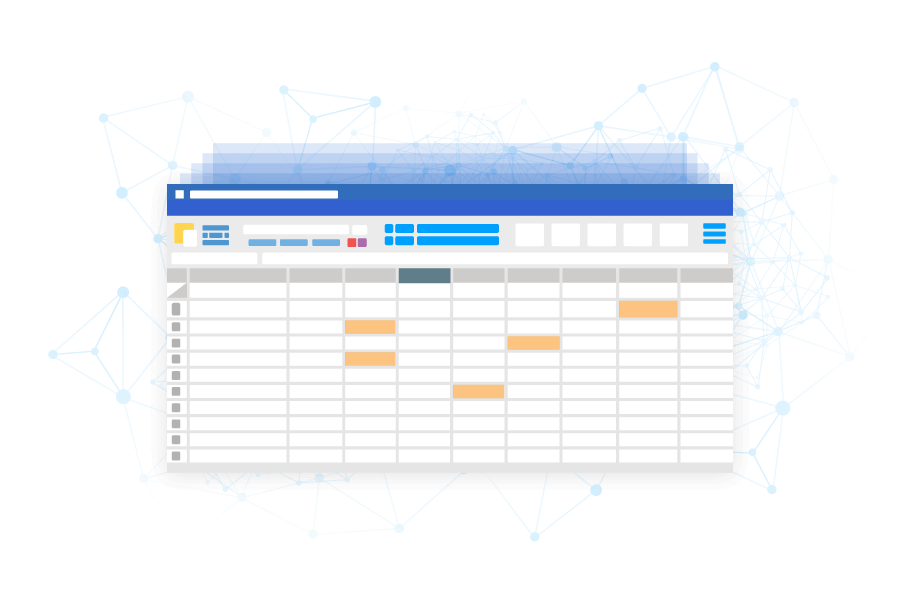When to Use Change Data Capture (CDC) Data Replication

Data is only useful when it is used tactically. Real-time data access can improve reporting and streamline operations, but when do your business processes benefit from real-time data, near-real-time data, or batch processing? As Gartner reports, real-time analytics projects become muddled when people have different meanings of “real-time.”
Data processed in minutes and in seconds may both be considered “real-time,” but the underlying processes make a difference when delivering information to customers or internal business teams. As a result, your organization might be using near–real-time data pipelines for scenarios better suited to “true” real-time data virtualization (and vice versa).
Let’s explore when you might use a near-real-time solution like change data capture (CDC) data replication — and when they consider true real-time alternatives.
When to Consider Using Change Data Capture
CDC is a data pipeline automation technology that tracks and updates data changes from multiple sources into repositories in near-real-time. Organizations use CDC to:
- Migrate data sets from existing systems into new systems, or
- Sync databases and application data into data warehouses and other repositories.
CDC data replication is an alternative to batch-based data integration that checks exclusively for changed data to immediately send small, incremental updates to repositories as they’re available. CDC delivers fresher data into your business workflows faster than scheduling a complete batch copy of all data, whether new or unchanged. CDC-based data pipelines, therefore, are useful for automating data in large-scale scenarios that are sensitive to downtime or urgency.
Minimize Downtime During Data Integration
Production data backups and mass data migrations can sync to your preferred repository via CDC in lightweight increments. This compact data stream keeps networks and computing resources free of congestion versus processing and sending large batch updates.
With less data moving at once, CDC data replication frees headroom for databases and application data to sync and integrate alongside routine workloads during normal business hours.
IT professionals report that less than 25% of data migration are successfully completed in under 50 hours, leaving many with prolonged downtime. CDC data replication keeps operations live during migration — and comprehensively logs changes to help address cloud migration failures and more.
Support Time-Sensitive Data Operations
Machine learning (ML) and other continuous analytics solutions can use CDC to clean new and recently changed data as it becomes available. Smaller, continuous updates allow repositories to receive up-to-date data, rather than relying on the periodic snapshots offered with batch-based integration.
Since fresh data is processed from data sources into repositories within minutes, CDC data replication supports modern analytics workflows that require the most accurate, up-to-date data.
What Makes CDC Different from True Real-Time?
Today’s data-driven enterprises are finding it increasingly important to distinguish near-real-time data integration from true real-time data connectivity.
When deciding which workflows should be enabled by each type of real-time solution, organizations should consider:
- The age of their data,
- If routine transformation is needed to make data formats compatible, and
- If the required infrastructure is maintainable in the long term.
When to Use Near-Real-Time Data Pipelines
Near-real-time via CDC-based ETL pipelines is ideal if you know which datasets need to be routinely cleaned and delivered. CDC-based data pipelines continuously prepare ready-to-use, consolidated copies of your data.
For instance, near–real-time updates to cross-departmental data give your IT teams a comprehensive view of your data in a database or warehouse, giving them a chance to detect and mitigate cybersecurity threats. Backend banking transactions can also be processed more efficiently, as only account balances that have changed are updated.
When to Consider True Real-Time Alternatives
Real-time connectivity via data virtualization is ideal if organizations need to rapidly explore and provide small data selections on-demand directly from the source without preparing it in advance.
Data virtualization presents data sets across multiple sources within a single, browsable interface. Because there is no replication or data movement, you can query data within seconds. This allows you to answer unanticipated business questions and provide the quickest, most accurate answers possible — with lower infrastructure costs and maintenance.
As an example, mobile banking apps might leverage backend data virtualization to deliver real-time information on account activity. Customer service representatives can also use data virtualization to gather a complete view of a customer’s journey by probing support tickets, sales interactions, and more.
Quick tip: Data virtualization has an IT-heavy history. Fortunately, modernized real-time data connectivity solutions have lowered the technical barriers to make real-time data access easier for line-of-business users.
Enabling Near Real-Time Data Integration with CData
CDC data replication routinely prepares data in near-real-time to facilitate scenarios where true real-time data via virtualization might not be as practical. However, most organizations need multiple types of data enablement solutions to support their diverse data-driven tasks.
CData offers a roster of data enablement solutions to ensure that every organization can meet any mix of real-time data needs. If you’re looking to easily replicate and consolidate your data, get started with a fully-functional free trial of CData Sync today.





